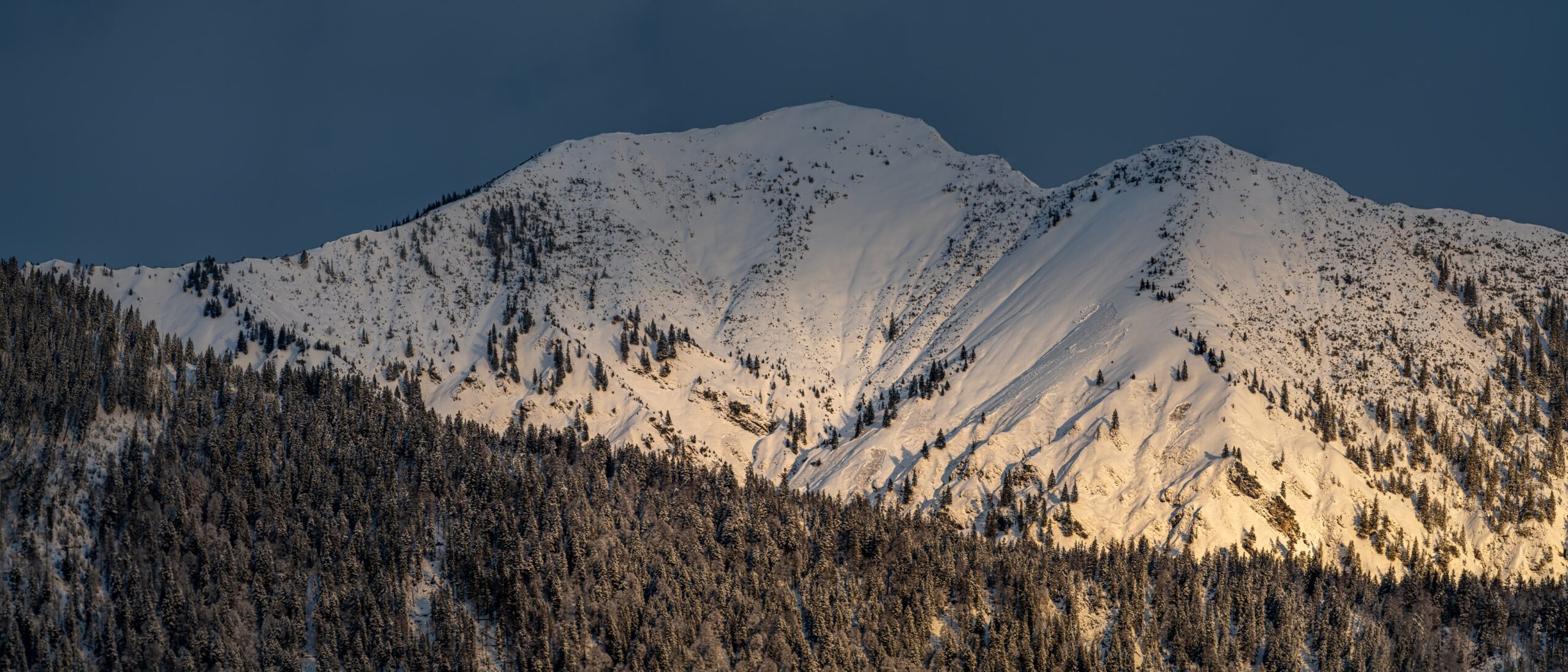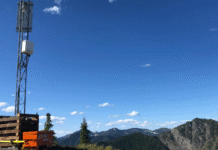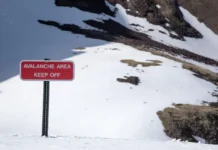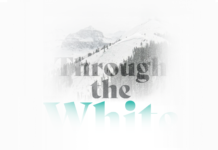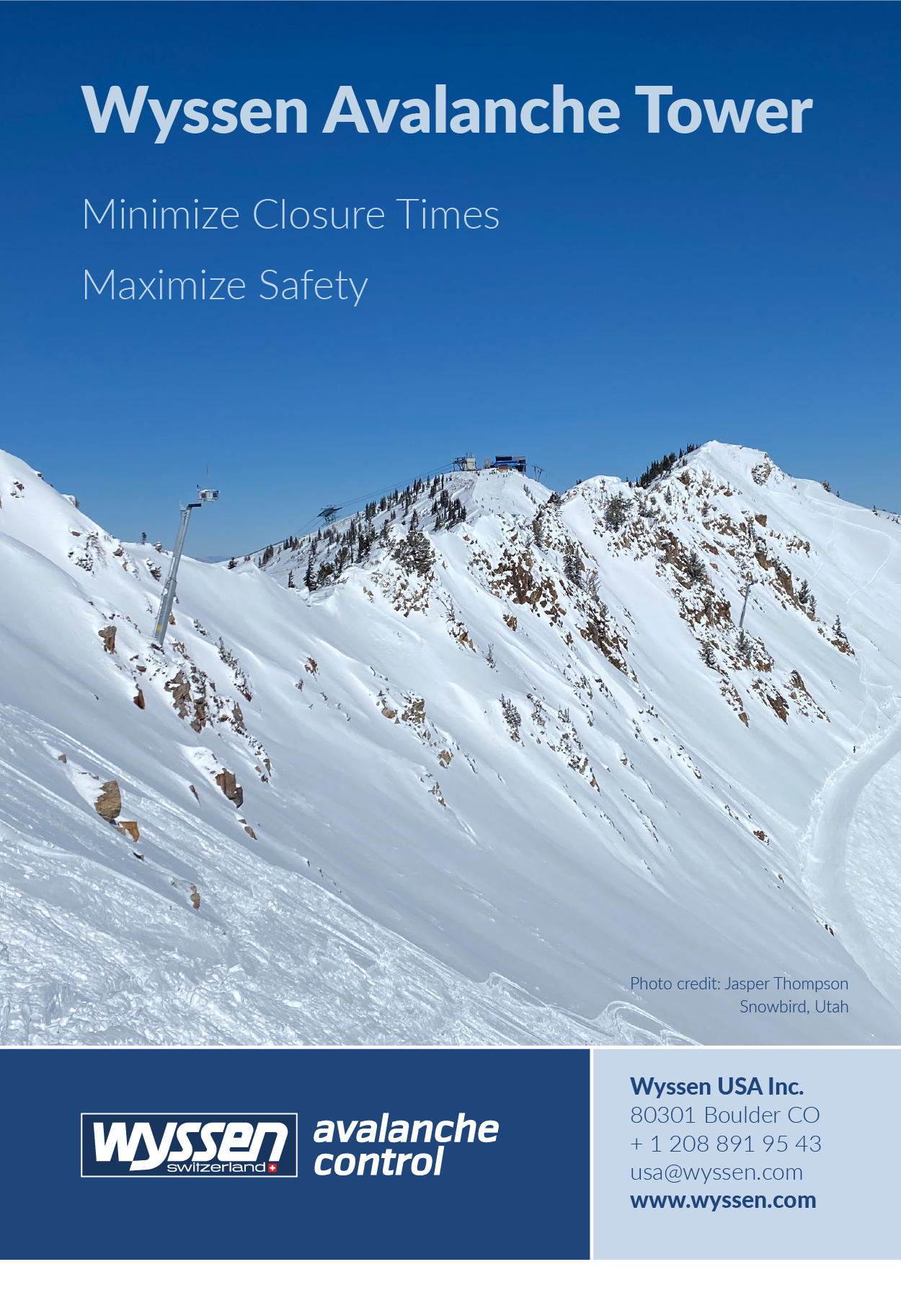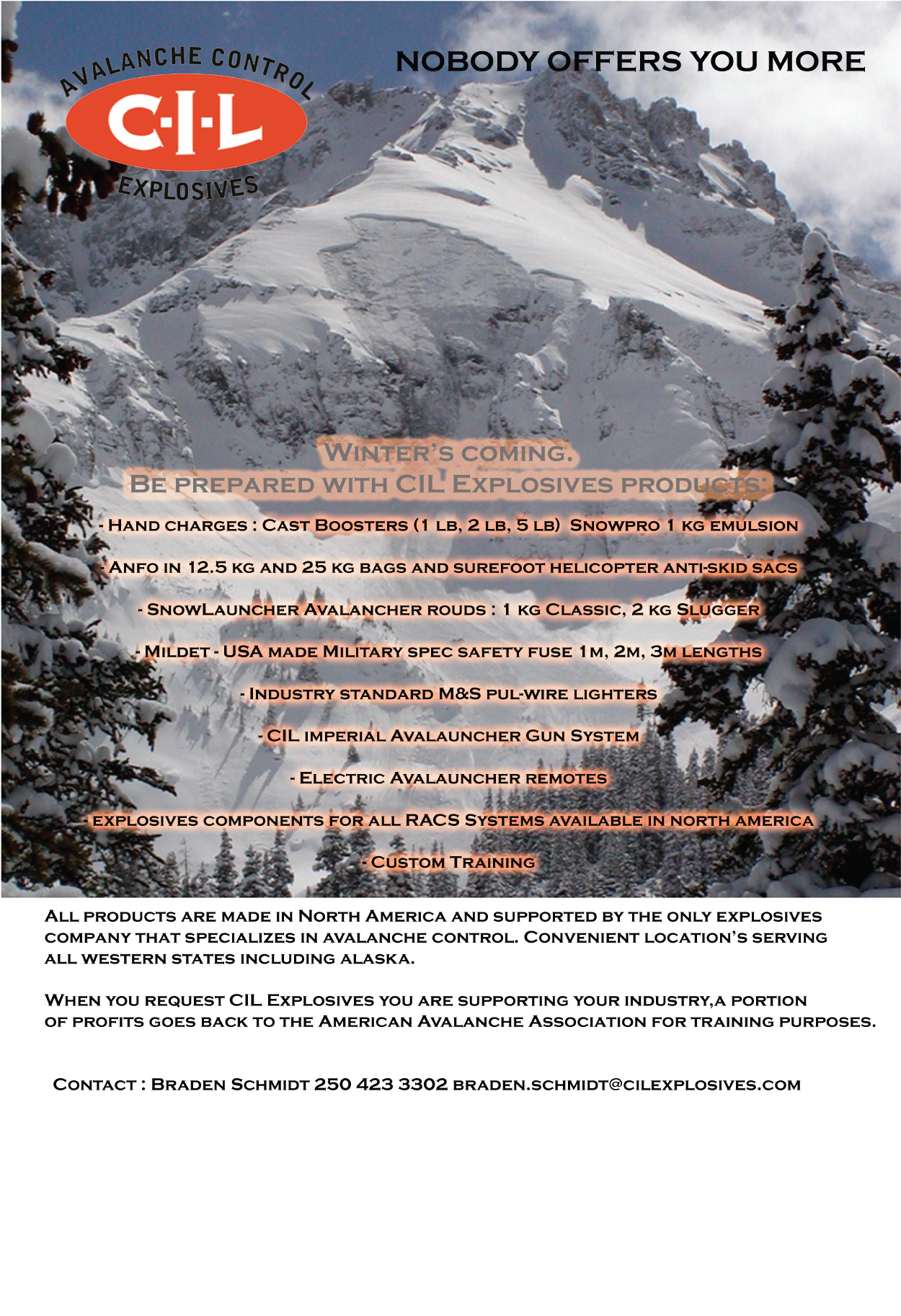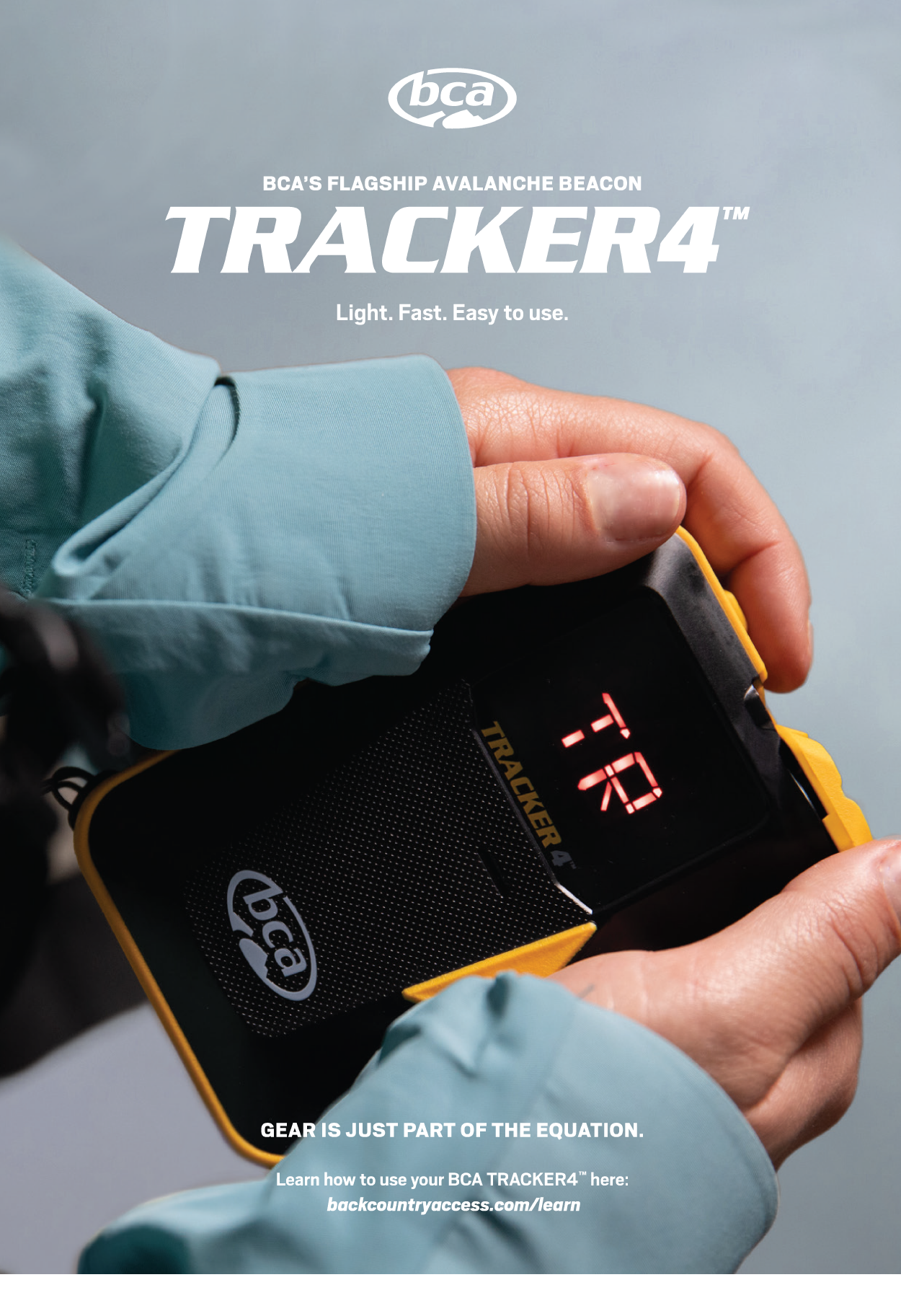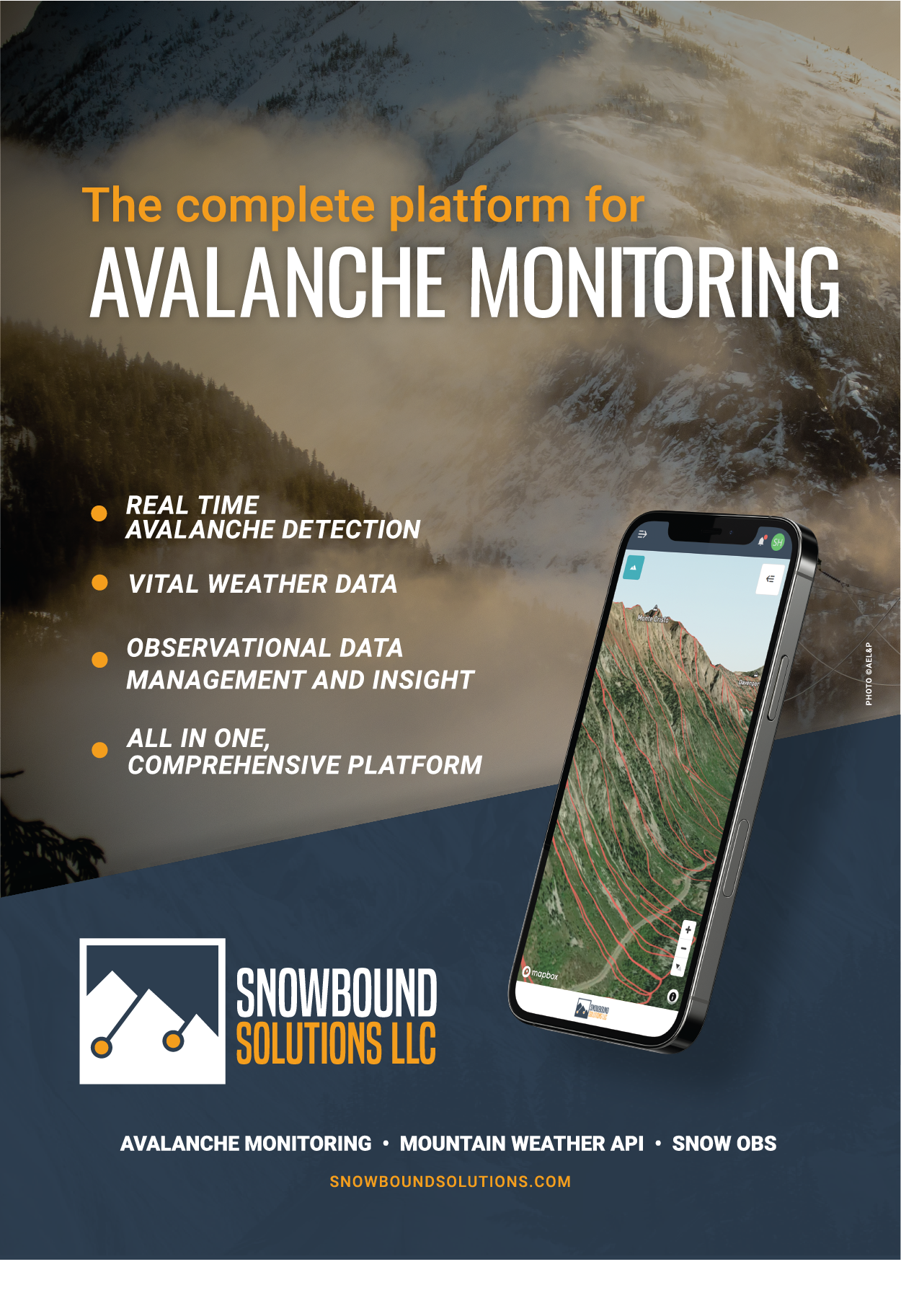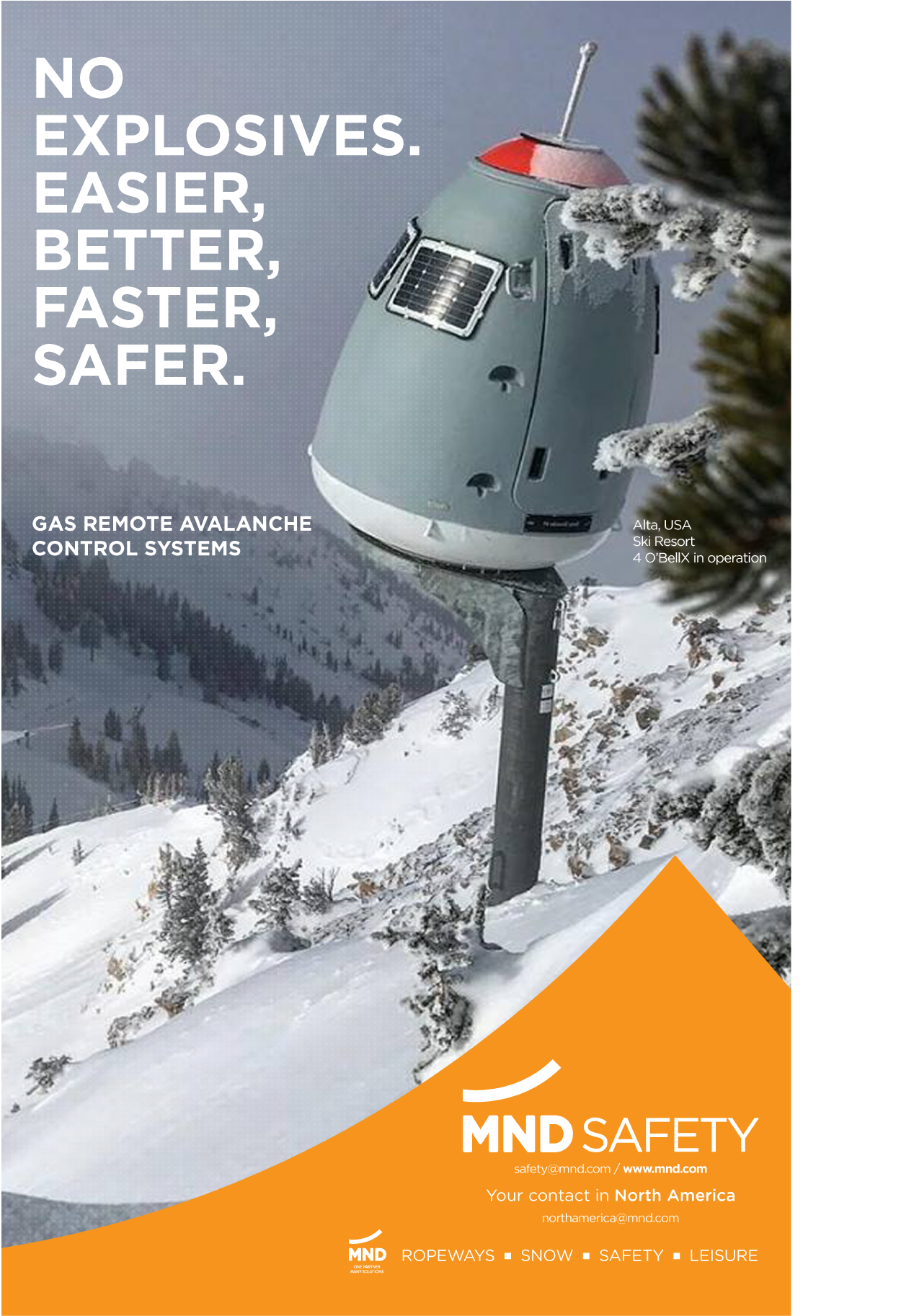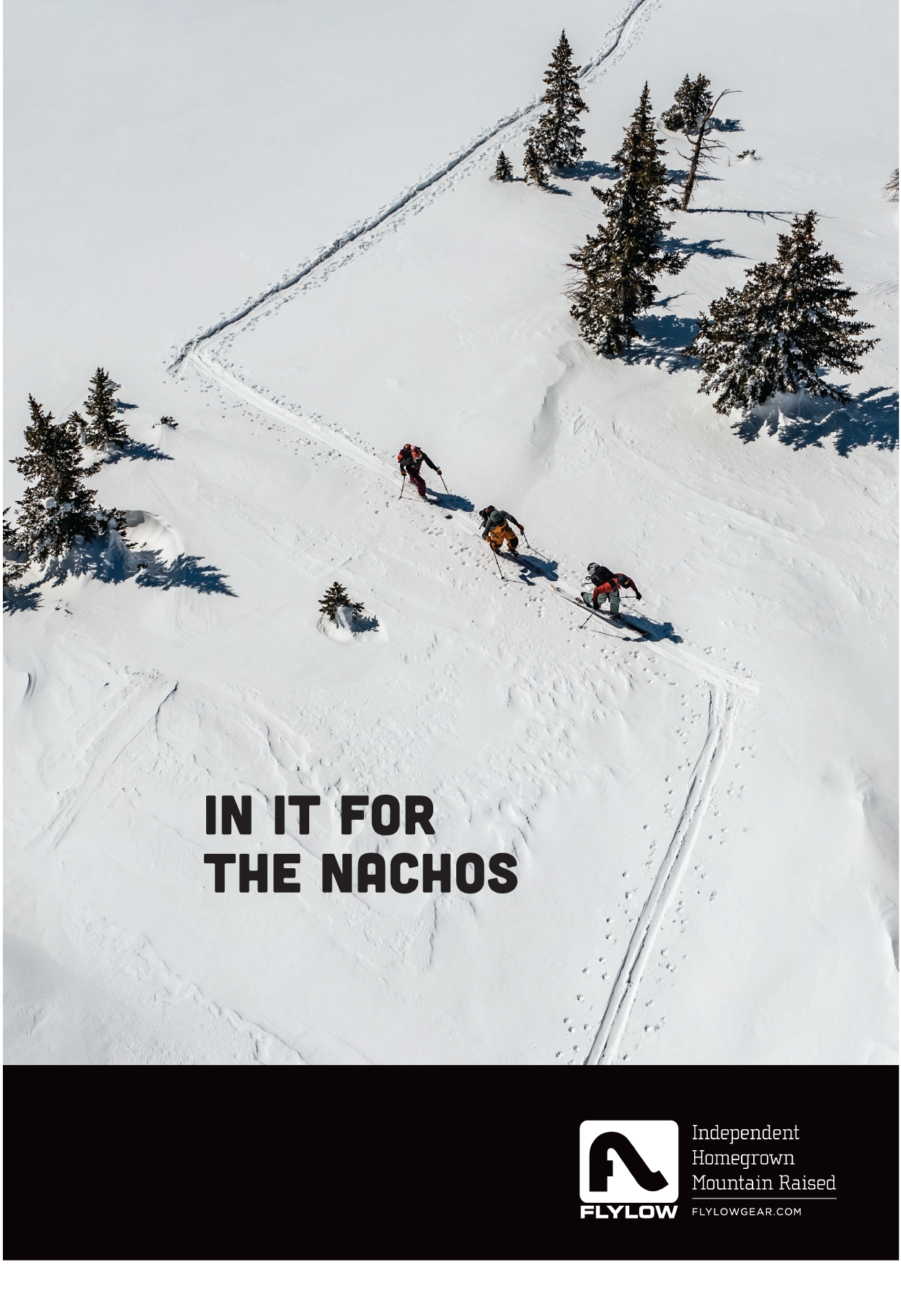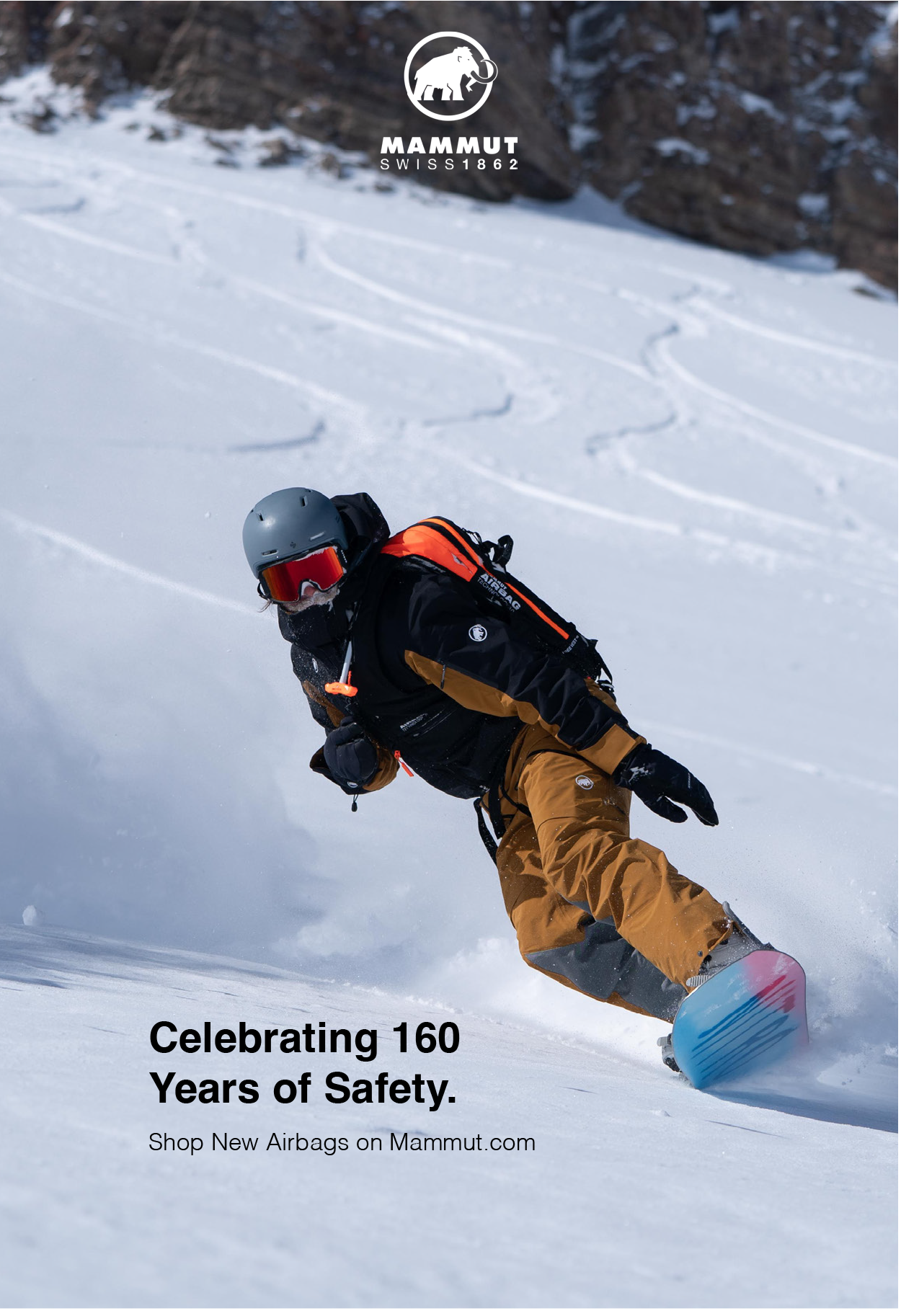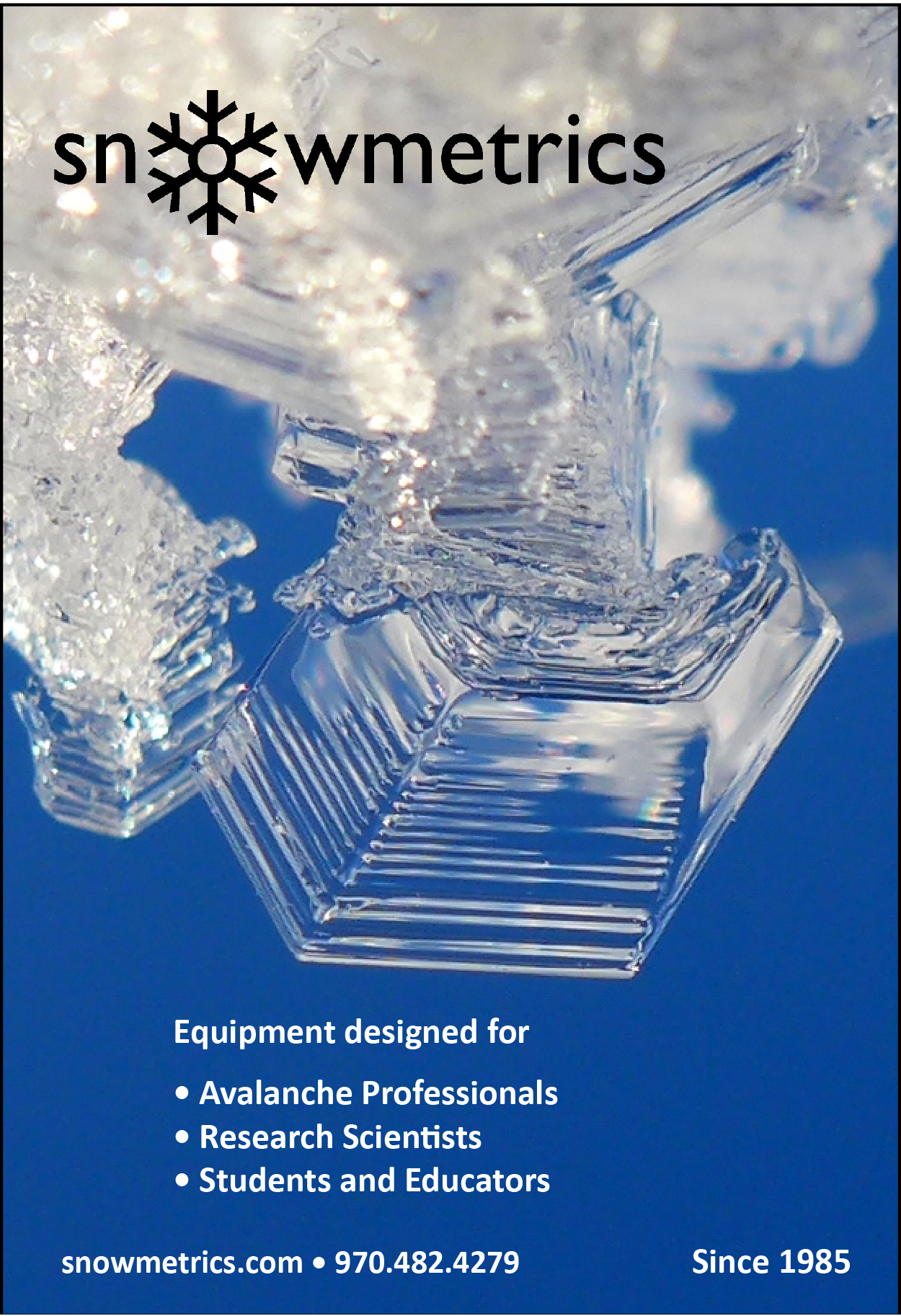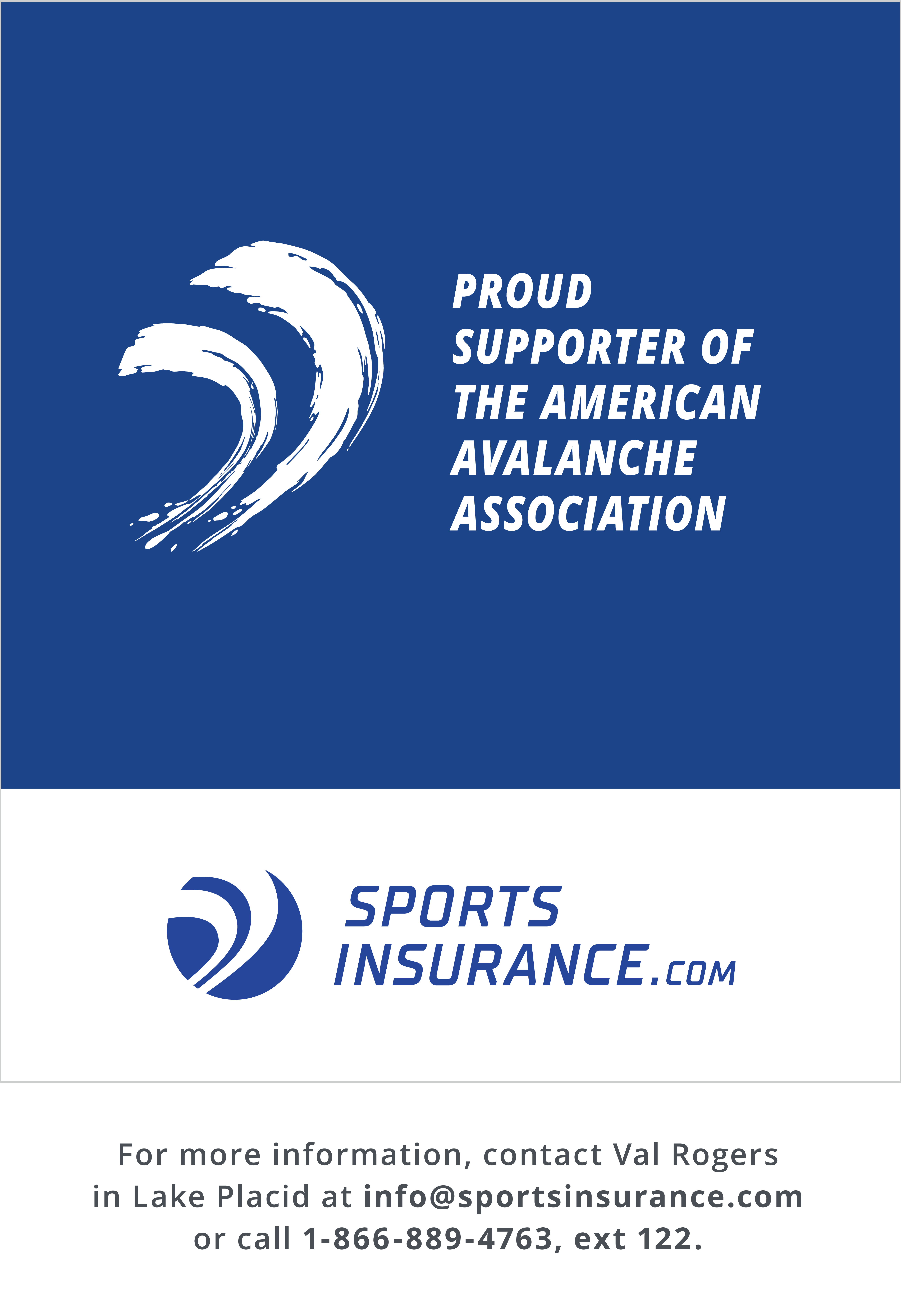
In this fireside chat series on managing avalanche risk, Karl Klassen will pass along the wisdom acquired from his mentors and the knowledge learned from a distinguished career as avalanche forecaster and backcountry ski guide—to help you better understand avalanche hazard and how to manage the inherent risk you face.
One of the most common questions I get asked is what “acceptable risk” means. My response (you’ll hear this a lot from me in this series) is, “It depends.”
Going back to my beginnings, I didn’t even know I was at risk, so I had no measure for what was acceptable. After my first brush with an avalanche, my more experienced friends schooled me on how stupid I’d been and how I needed to do better (this incident is described in Part 1 of this series), and my perception of risk began to change.
I came to understand that avalanche hazard existed. And I realized that to accomplish my goals, I’d have to expose myself to that hazard. These were my first baby steps to comprehending the concept of risk. Without downplaying the complexity of avalanche risk, at a purely conceptual level it’s not that different than a lot of other risk/reward calculations we make in our lives. For example: I live in Revelstoke, B.C. If I want to go skiing with my brother in Banff, Alb., I have to assess the hazards involved in driving over two mountain passes in winter and factor in my exposure and vulnerability to those hazards. Then I have to decide if the reward of seeing my brother and skiing with him is worth the risk of making the drive in the current road conditions.
In my early days, I was missing a big piece of the equation. I was in my 20s, physically strong, mentally confident, and (I’m sure you can see where this is going) I felt invulnerable. The idea of consequences (like injury or death) from exposure to any hazard, much less avalanches, just never really entered into the equation. Even as a young professional, I went through the steps of assessing and forecasting avalanches and spent lots of time figuring out where and when I might be exposed to avalanches, but I grossly underestimated my vulnerability.
The next major change in my risk-management process happened after the first time I got caught in a slide. I was a second-year pro patroller at Marmot Basin ski area in the early ’80s. While ski cutting a relatively small but quite steep slope in fairly rugged terrain, a pocket of wind slab broke about three meters above me. The thing was only 10 to 15 meters wide and maybe 30 to 40 centimeters deep, but it kicked the crap out of me. After bouncing off a rock in a gully and hitting a small tree lower down (all this before anyone wore helmets), I ended up buried neck-deep in a terrain trap where the slope benched out and the snow from this small avalanche piled up deeper than I could have imagined.
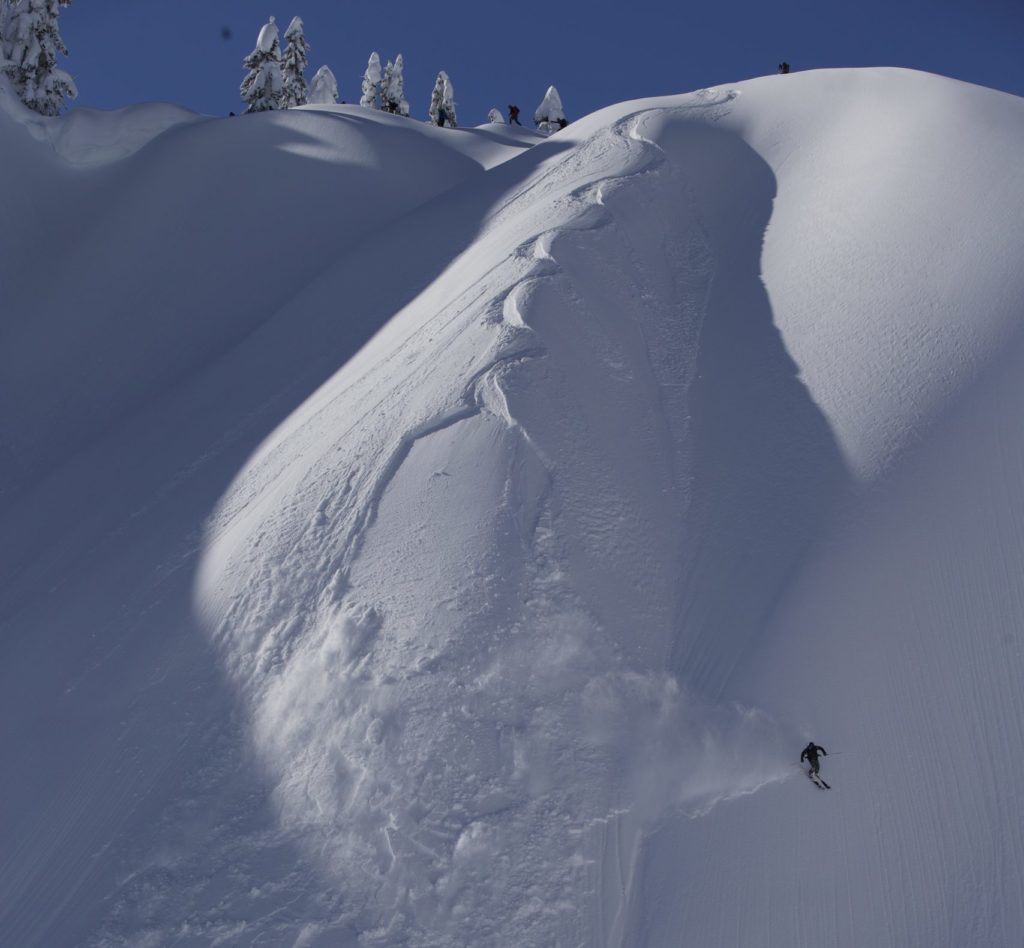
I totally remember the “Whoa, fuck…” moment when everything started happening, followed by the feeling of utter helplessness as I went for a ride. I had absolutely no control whatsoever. I didn’t have time to even think about much less do any of the stuff they teach you in avalanche courses: Dump your skis and poles (hah), swim (yeah—right), create an air pocket (say what…?). (Interestingly, while the circumstances were different, I had a very similar experience 30 years later. We’ll talk about that one in a future story when we discuss surface hoar.)
Until you have experienced it yourself, you cannot conceive how much power even a small mass of snow moving downslope has. Not to mention how quickly you lose all control and how deeply you can get buried on a relatively small path when there’s a terrain trap involved. While it’s not something I recommend, practical experience in the real world—if you survive it—is an invaluable lesson and will significantly improve your understanding of risk and quickly increase your motivation to manage it.
So, let’s move on from tall tales and back to acceptable risk. Before you do anything else, ask yourself what consequences you’re willing to accept to get the reward you’re chasing. Would you be willing to lose some gear or sustain minor injuries? Are you OK with a broken leg or blown-out knee? Are you willing to risk serious injury or death for yourself or someone in your group? Answering questions like these help you determine what your risk tolerance is.
If you’re like me, your tolerance for risk isn’t static. It might be higher or lower depending on who you’re with on any given day. You might be willing to risk more for some objectives/goals/rewards than others. And for most of us, risk tolerance changes over time—I was way more tolerant of risk in my 20s and 30s than I was in my 40s after my son was born.
There is no formula here. Nor is there a right or wrong answer. It’s unlikely you’ll come up with a clear and definitive answer—most of us end up with what professionals refer to as a “risk tolerance band” that defines the upper and lower limits on a qualitative, personal scale as opposed to some definitive, calculated, quantitative value.
It’s not for me or anyone else to tell you what’s acceptable or not—this is something each person who ventures into avalanche terrain needs to determine for themselves. When I’m teaching or mentoring others or when I’m publishing avalanche forecasts, my goal is to help you make an informed decision about what’s right for you.
Knowing your risk tolerance band is essential—once you have that, you can determine if you are willing to accept the risks you face in a given activity or trip. If the level of risk is higher than what you are comfortable with, you’ll need to figure out how to reduce the risk to the point where it’s at an acceptable level. This, in a nutshell, is risk management.
In coming articles I’ll talk a bit more about the three components of risk—hazard, exposure, and vulnerability—so you can start to build a risk assessment and management process. Until then I’ll leave you with this: You can always choose not to expose yourself to avalanche hazard and by doing so eliminate avalanche risk completely. The mountains aren’t going anywhere, and it will snow every winter, so you have lots of time to come back and try again after we’ve spent more time together developing your risk-management skills.
Karl Klassen is an internationally certified mountain guide known for developing the avalanche curriculum with Avalanche Canada. He is also the public avalanche warning service manager at Avalanche Canada.
Photo by andreas kretschmer on Unsplash

